Virtual buoys and time triggered traps reduce risk to endangered North Atlantic right whale, but reactions among fishers in US and Canada are mixed
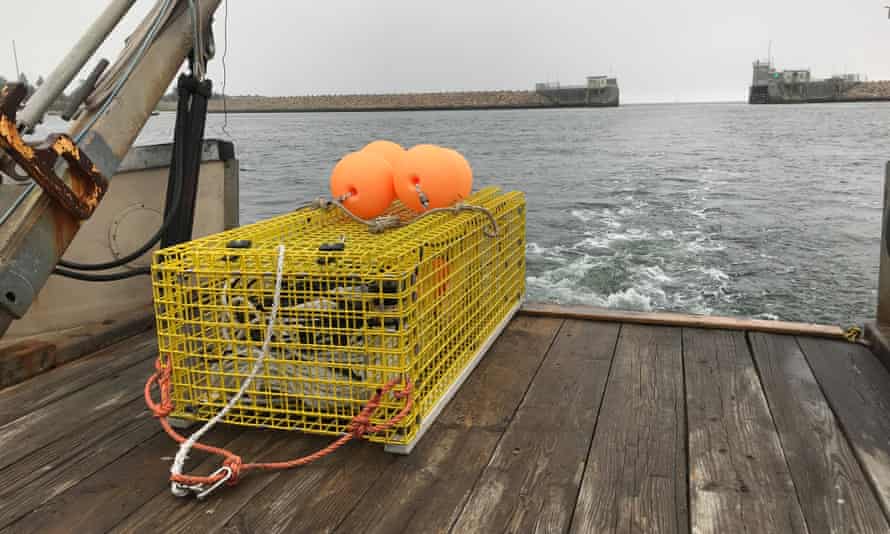
Seascape: the state of our oceans is supported by

About this contentAshifa Kassam@ashifa_kThu 8 Apr 2021 06.43 EDT
86
Ropes that spring to the water’s surface when summoned and virtual buoys could hold the key to saving one of the world’s most endangered whale species, scientists and conservation groups have said.
As the North Atlantic right whale nears the brink of extinction – amid reports of whales tangled in metres of thick fishing lines and findings suggesting 85% of the population have been entangled at least once – calls have grown for the adoption of ropeless fishing, using gear that does not involve any vertical lines.
“Ropeless was seen as a kind of crazy idea before,” said Mark Baumgartner of Woods Hole Oceanographic Institution (WHOI) in Massachusetts, US. “But now it looks like the only actual solution to the problem.”
In recent years officials in the US and Canada have responded to the dwindling population of whales with a series of closures in key fishing areas, an approach that has at times prompted outcry from fishers, according to marine biologist and WHOI veterinarian Michael Moore.
“Some people say we need to make some hard decisions and let the species go or let the industry go,” said Moore, who heads the Ropeless Consortium, a group that engages researchers, conservationists and industry on ropeless technology. “I don’t believe that’s true.”

With half a dozen or so companies working to develop ropeless gear, the technology varies widely. At its essence the gear allows traps to be dropped along the seabed without the traditional vertical line, swapping surface buoys for GPS or other tracking technology that indicates the location of traps. When it is time to retrieve the traps, an acoustic signal or timer triggers the trap to rise to the surface.Advertisementhttps://c368d927f4dc159ef4af8bdbb7e5a7bd.safeframe.googlesyndication.com/safeframe/1-0-38/html/container.html
The technology doesn’t completely do away with fishing lines in the water. In commercial lobster fishing, for example, ropes would still be used to connect traps to each other as they sit on the seabed.

“But if there is no rope in the water column, the entanglement risk goes down very substantially,” said Moore, who cited calculations that suggest the risk could drop by as much as 90%.
The technology is not without its challenges, chief among them the high cost of swapping out the million or so vertical lines currently strewn across the whales’ migratory pathways, said Patrick Ramage of the International Fund for Animal Welfare.
“We’re not going to be able to put this financial burden on the backs of individual fishermen,” says Ramage. He hoped that governments in the US and Canada as well as philanthropic sources would step in to help cover the cost of the transition.
As companies grapple with the lingering technical challenges, such as how to ensure that the gear placed in the water by fishers is universally visible to others, the technology has also come up against regulatory barriers, said Ramage.
In the US, state and federal regulators have all but barred ropeless fishing, allowing it only for those who successfully wade through a “somewhat daunting” process of applying for an exemption, said Ramage. In Massachusetts, for example, state regulations continue to require at least one vertical buoy rope while fishing.

Among fishers the reaction to ropeless has been divided. In a December letter to state officials, the Massachusetts Lobstermen’s Association dismissed the idea. “This transition would take hundreds of millions of dollars and decades to implement and outfit every commercial fishing vessel that is on the water,” wrote Beth Casoni, the association’s executive director. Casoni did not reply to a request for an interview.Advertisementhttps://c368d927f4dc159ef4af8bdbb7e5a7bd.safeframe.googlesyndication.com/safeframe/1-0-38/html/container.html
In Canadian waters, the Acadian Crabbers Association has been testing ropeless since 2018. “When we started, we were very leery as to the possibility of this being workable in a real fishery situation,” said Robert Haché, director general of the association.
But they felt they had few other options, he said. Measures enacted by the Canadian government to protect the whales saw the closure of about 75% of their fishing grounds in the southern gulf of Saint Lawrence last year. “It’s either [ropeless] or our fishery is doomed because we cannot keep on being thrown out of our fishing grounds systematically every year,” said Haché.
A limited trial – carried out by 10 fishers over two weeks last year – yielded promising results. “We’re quite enthusiastic about this because we think that this can work and this is going to work,” said Haché. Plans are in the works for an expanded trial in May, involving as many as 21 fishers who hope to use the technology to fish in closed areas for up to eight weeks.
“For us, it’s the ideal solution to fish in areas that are closed to fishing because of the presence of whales,” he said. He was hesitant, however, to endorse the use of ropeless in open waters. “We’re quite far away from looking at this as being a solution for widespread deployment of fishers and deployment of traps,” said Haché.

Advertisementhttps://c368d927f4dc159ef4af8bdbb7e5a7bd.safeframe.googlesyndication.com/safeframe/1-0-38/html/container.html
This potential compromise – allowing ropeless fishing in closed-off areas – is now being considered by the US federal government, said Moore of the Ropeless Consortium. “In some ways it’s giving back to the industry what has already been taking away from them, rather than taking more away from them … It’s a question of the carrot and the stick really.”
The small incentive could help usher in a healthier coexistence between the whales and the fishing industry, said Moore. With the global population of North Atlantic right whales estimated to have dwindled to 356 in 2019, however, time is of the essence.
“The trauma these animals are going through is utterly unacceptable,” said Moore, pointing to examples of injuries ranging from fishing rope embedded inches-deep in a whale’s lip to a spinal disfigurement caused by the strain of dragging fishing gear.
He described entanglement as a “human-caused traumatic disease” that has pushed the species to the brink. “For the past 20 years I’ve been having nightmares about what these animals are going through.”

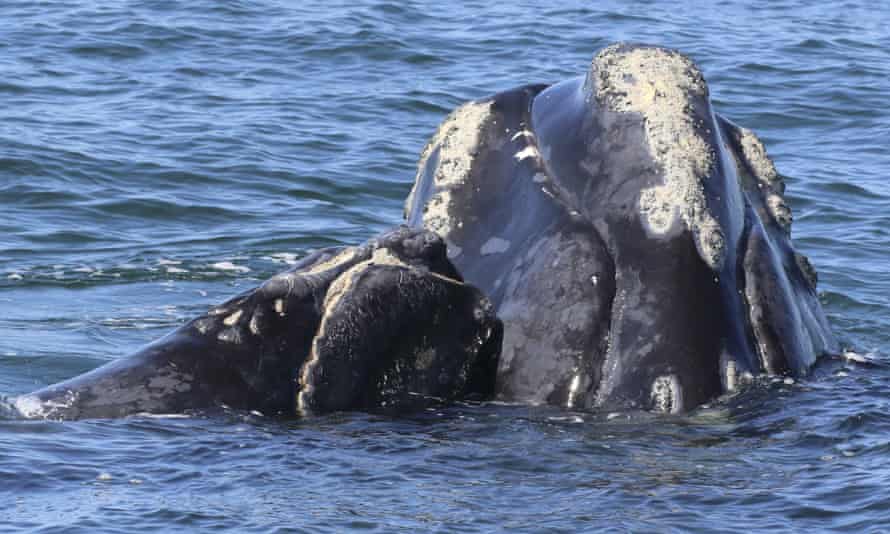



 © Provided by The Guardian Photograph: Marcio José Sánchez/AP
© Provided by The Guardian Photograph: Marcio José Sánchez/AP © Photograph: Marcio José Sánchez/AP A California condor takes flight in the Ventana Wilderness east of Big Sur, California.
© Photograph: Marcio José Sánchez/AP A California condor takes flight in the Ventana Wilderness east of Big Sur, California.

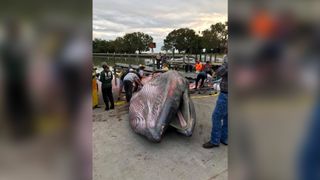 This 38-foot-long (11.5 meters) baleen whale stranded off Florida in 2019. The adult male is now considered part of a completely new, and endangered, species called Rice’s whale.(Image: © Florida Everglades National Park)
This 38-foot-long (11.5 meters) baleen whale stranded off Florida in 2019. The adult male is now considered part of a completely new, and endangered, species called Rice’s whale.(Image: © Florida Everglades National Park)






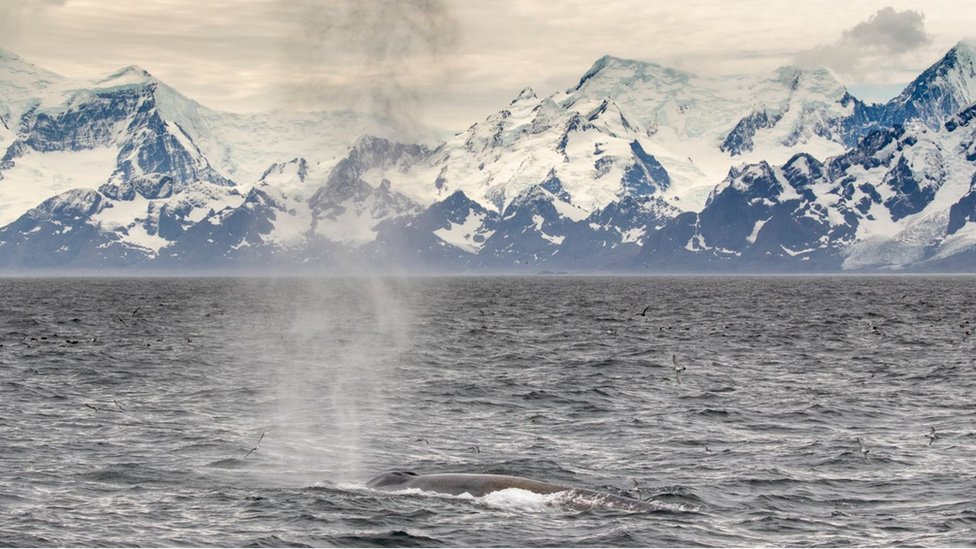

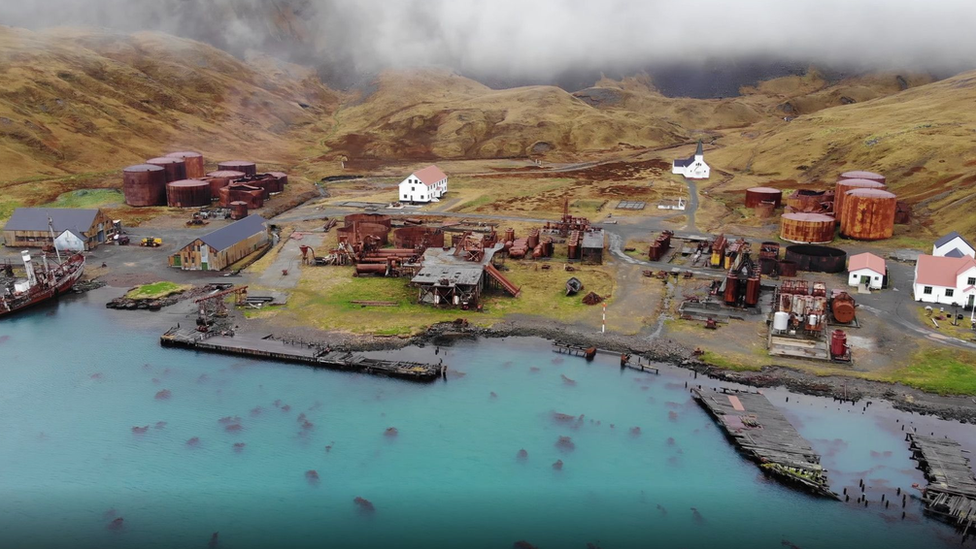
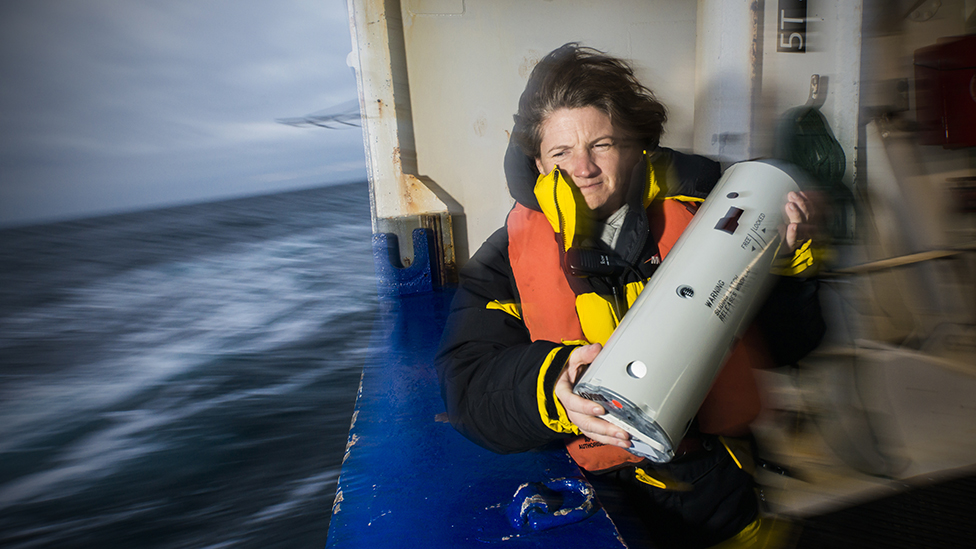
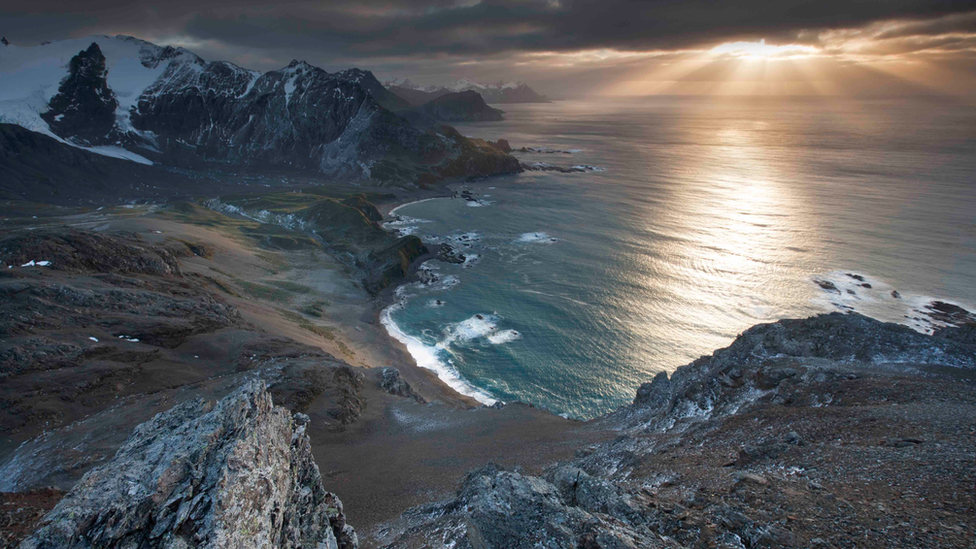
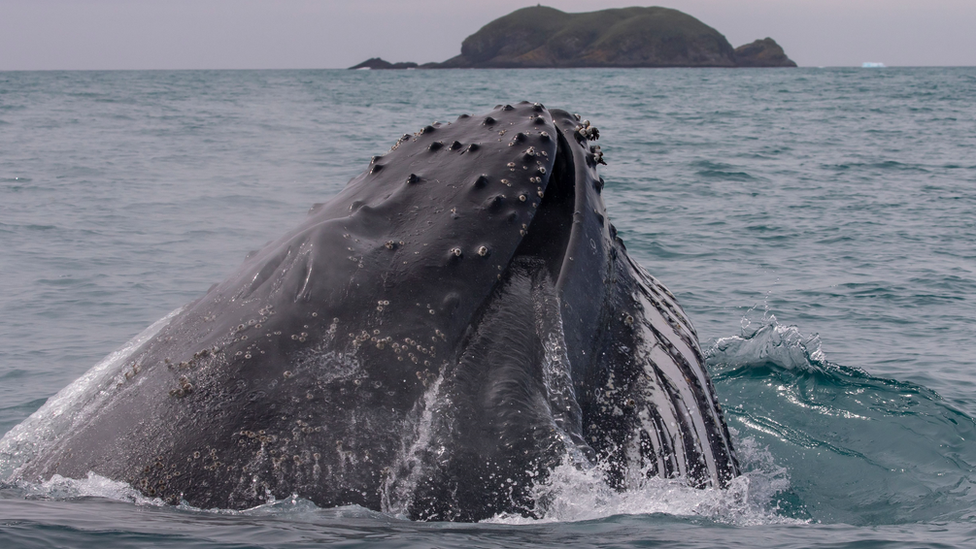
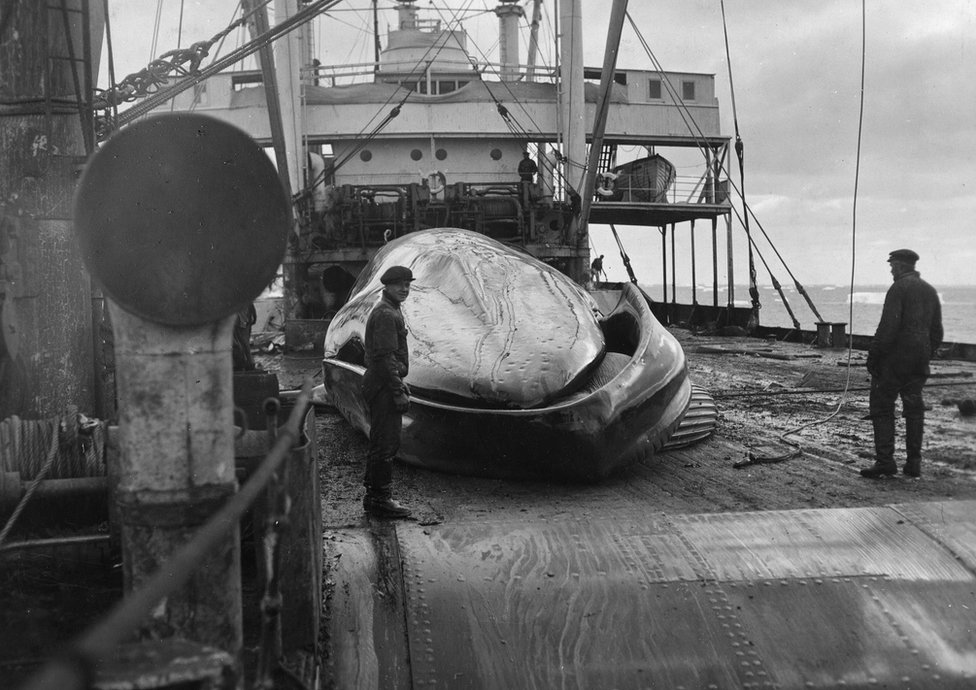
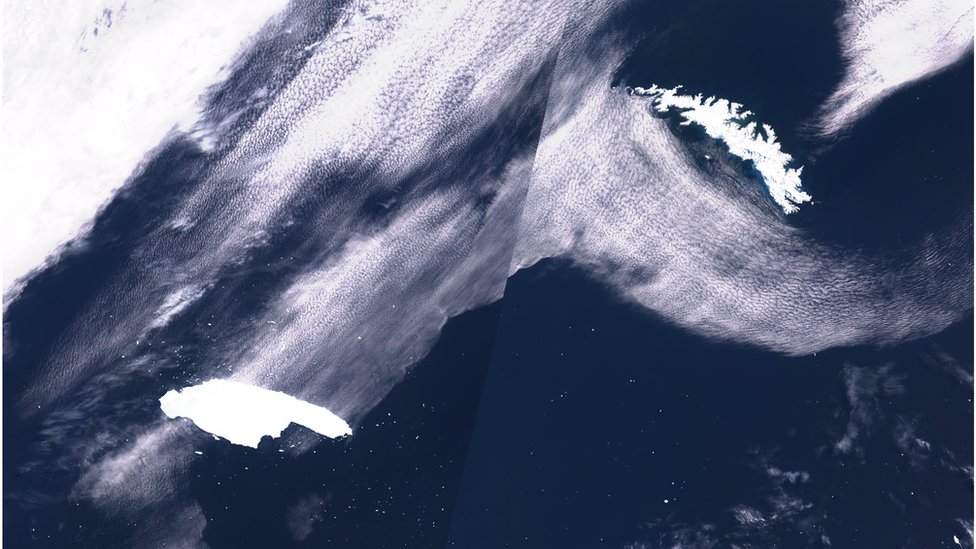
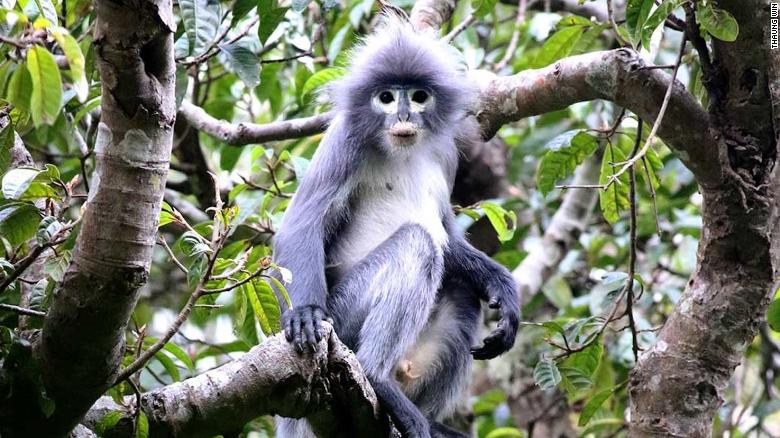 The Popa langur, a newly discovered primate species in Myanmar that is critically endangered.
The Popa langur, a newly discovered primate species in Myanmar that is critically endangered.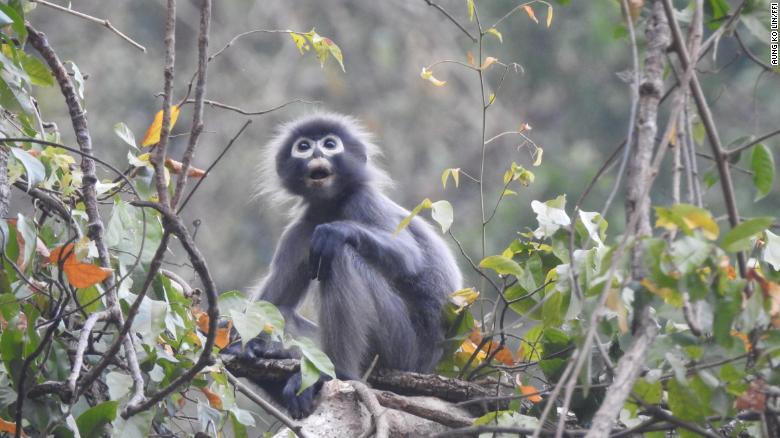 A Popa langur photographed at Mount Yathe Pyan in Myanmar.”The hope is that by giving this species the scientific status and notoriety it merits, there will be even more concerted efforts in protecting this area and the few other remaining populations.”The scientists, spanning three organizations, published their findings on Wednesday in the journal
A Popa langur photographed at Mount Yathe Pyan in Myanmar.”The hope is that by giving this species the scientific status and notoriety it merits, there will be even more concerted efforts in protecting this area and the few other remaining populations.”The scientists, spanning three organizations, published their findings on Wednesday in the journal 
 Mount Popa is a sacred pilgriimage site, and home to about 100 Popa langurs.The largest population is on Mount Popa, home to more than 100 langurs. Mount Popa, a sacred pilgrimage site, is also home to an important wildlife sanctuary — but threats remain for the endangered Popa langurs.”Although Mount Popa is a national park, meaning the species that occur there are legally protected, hunting and deforestation for the timber industry and fuelwood still occur,” said Miguez.Other threats include agricultural encroachment, environmental degradation, and other disturbances to the land like free cattle grazing,
Mount Popa is a sacred pilgriimage site, and home to about 100 Popa langurs.The largest population is on Mount Popa, home to more than 100 langurs. Mount Popa, a sacred pilgrimage site, is also home to an important wildlife sanctuary — but threats remain for the endangered Popa langurs.”Although Mount Popa is a national park, meaning the species that occur there are legally protected, hunting and deforestation for the timber industry and fuelwood still occur,” said Miguez.Other threats include agricultural encroachment, environmental degradation, and other disturbances to the land like free cattle grazing,